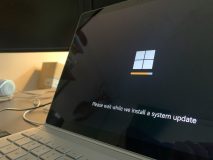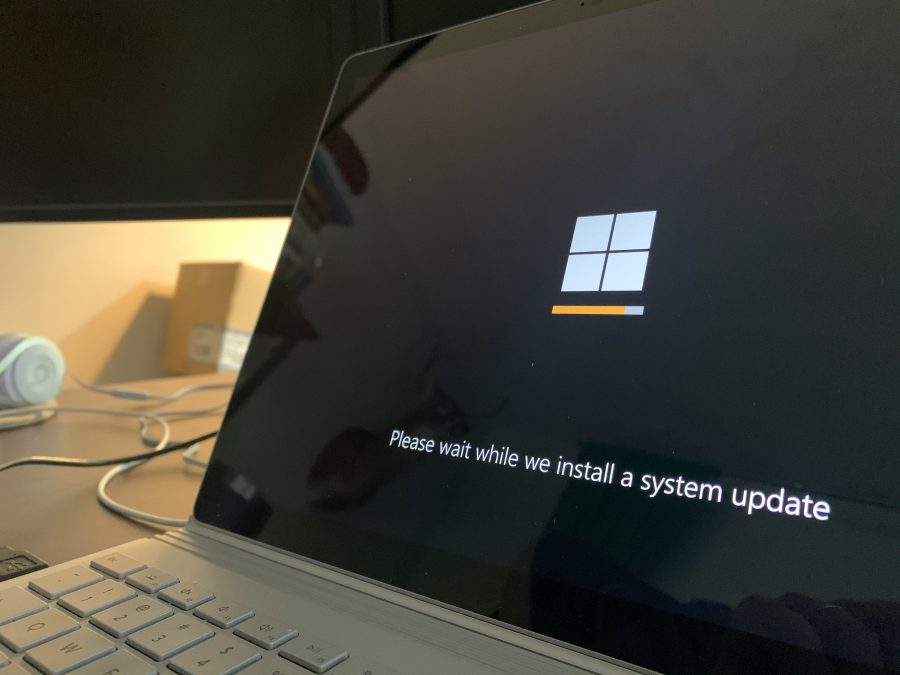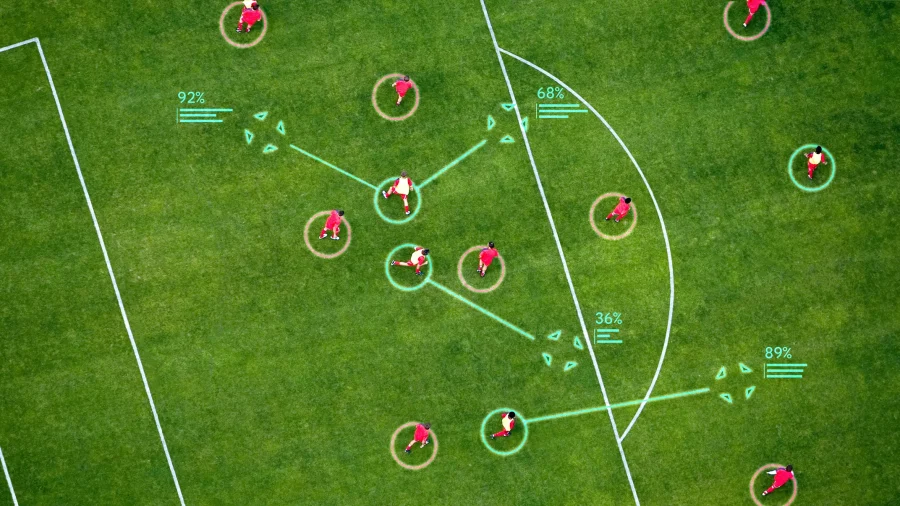It could soon be possible to speak without vocal cords, as engineers are focusing on a square-inch device that can help people regain their voice.
This could be extremely beneficial for people with pathological vocal cord conditions or those who are recovering from laryngeal cancer surgery as this tiny new patch is being developed by engineers at the University of California.
In a journal published in Nature Communications last week (Mar. 12), the researchers outlined their invention and the results of testing the device on eight adults.
They describe the wearable tool as being a “self-powered sensing-actuation system” based on soft magnetoelasticity to enable assisted speaking. It works by patients articulating sentences through muscle movements that are usually used in regular speech or lip-synching.
The sensing component of the device then recognizes the movements without the vibration of vocal folds. Electrical signals are then fed to a pre-trained machine-learning model that converts throat movement into voice signals.
Other solutions for helping people without vocal cords to speak are available but these largely include handheld electro-larynx devices or tracheoesophageal-puncture procedures. Both of these options could be considered to be inconvenient and uncomfortable.
How does it work?
The system was attached to the throat of the participants and data on laryngeal muscle movement was collected, with a machine-learning algorithm used to correlate the resulting signals to specific words.
The research team had the patients pronounce five sentences – both out loud and voicelessly – including ‘I don’t trust you’ and ‘I love you.’ Each person had to repeat the five sentences 100 times for data collection purposes.
The overall prediction accuracy of the model was 94.68%, working well across the different people involved.
Going forward, the research team plans to expand the vocabulary of the device through machine learning and test their findings in people with speech disorders.


 Fact Checked by
Fact Checked by 




















